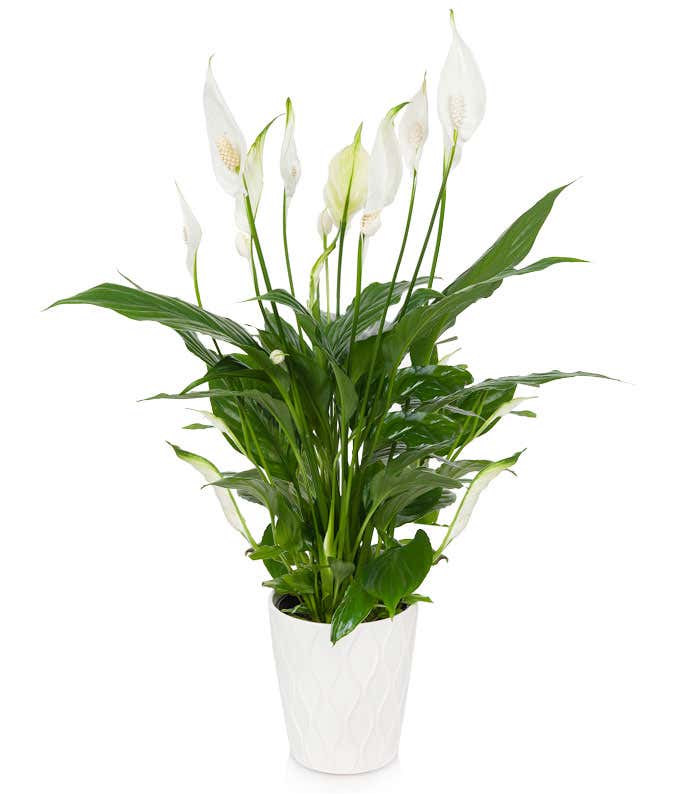- Flower Resource Guide Home
- Occasions
- Anniversary
- Birthday
- Business
- Christmas
- Christmas Around the World
- Christmas Decorating
- Christmas History Trivia
- Funeral & Sympathy
- Funeral and Sympathy Flowers
- Funeral and Sympathy Etiquette
- Types of Funeral Flowers
- Get Well
- Halloween
- This History of Halloween
- Halloween Decorating & Craft Ideas
- Mother's Day
- Gift Ideas for Mother's Day
- What Day Does Mother's Day Fall On?
- Mother's Day History
- New Baby
- Thank You
- Thanksgiving
- History of Thanksgiving
- Thanksgiving Flowers & Crafts
- Valentine's Day
- History of Valentine's Day
- Valentine's Day Flowers & Gifts
- Decorating with Flowers
- Flower & Plant Care
- How to Keep Flowers Fresh
- Flower Meanings
- Meaning of Roses
- Floral Astrology
- Flowers for Men
- Fun Flower Facts
- What are the Different Parts of a Flower?
- What are the Most Popular Houseplants?
- State Flowers
- New Jersey
- North Carolina
- Flower Names for Kids
- How to Make Chocolate Covered Strawberries
- What is the Purpose of Flowers?
- Benefits of Flowers and Plants
There are many different characteristics that people look for when searching for that perfect houseplant for their homes. Size, color, general appearance, required growing conditions, and hardiness all play roles in which plants are welcomed into which places of residence. That being said, certain plants tend to find their way indoors more often than others.
Dracaena is one of those popular houseplants. Easy to grow and maintain - and very long-lasting-dracaena comes in a variety of shapes and colors, ranging from green and grassy to yellow splotched and striped. Common varieties include Hawaiian Sunshine, Lemon Lime, Song of India, and White Jewel. A bit bolder than dracaena is the croton plant. Its deep green leaves also incorporate brilliant tropical colors such as yellow, orange, purple, and red. Historically more difficult to find than both dracaena and croton, the Chinese money plant's popularity is greatly on the rise as its availability increases in the United States. Its unique coin-shaped leaves and quick growth make this plant an excellent addition to any home.

For those looking for a plant with a bit more vining potential, the philodendron is an ever-popular choice for indoor décor. With its stems able to climb or trail lengths of eight feet or more, plus its ability to adjust well to low-light areas, the philodendron adds a unique touch to a study or library. Another well-loved vining option is the spider plant. Grown as houseplants for decades, the popularity of the spider plant, with its plantlets sprouting at the ends of the stems of its leaves, endures today. The hoya, also known as the wax plant, is also a good household addition. In particular, the Hindu Rope variety of the hoya with its curly leaves and lengthy vines is especially desirable for its clusters of pink, star-shaped flowers that carry a lovely scent.
Several tree-like plant options also grow well indoors. The ponytail palm looks like a miniature palm tree, except that its fronds are thinner, longer, and almost grassy in appearance. It is easy to grow (but grows very slowly!) and enjoys a sunny, warm spot in one's home. Also thriving in a bright and humid spot inside is the Norfolk Island pine. This tree has the capability of reaching a height of 200 feet-out in nature, that is. Indoors, it remains much smaller and can lend a room a festive feel for winter holidays and a rustic, woodsy quality for the rest of the year. Lastly, the fiddle-leaf fig with its large, dark green, violin-shaped leaves and columnar shape is often a feature in home décor magazine spreads these days. With the right combination of light, soil, and water, this tree could make the perfect addition to one's home.